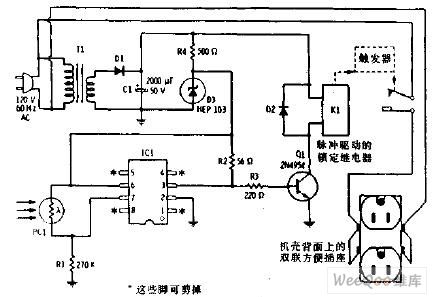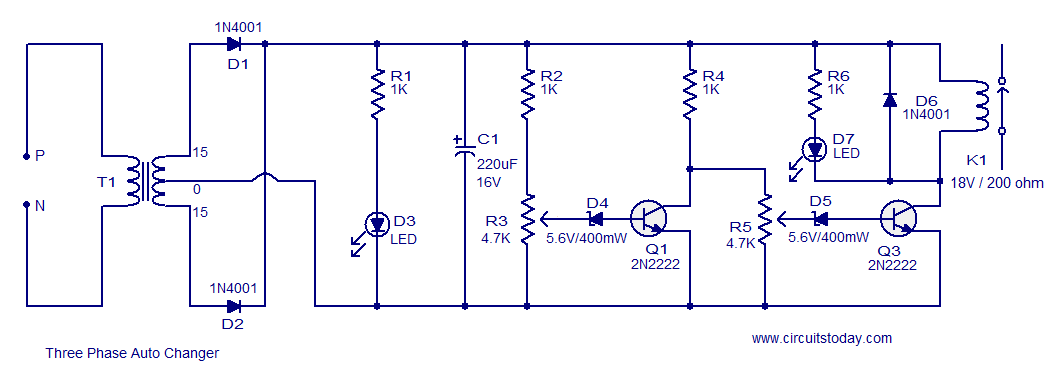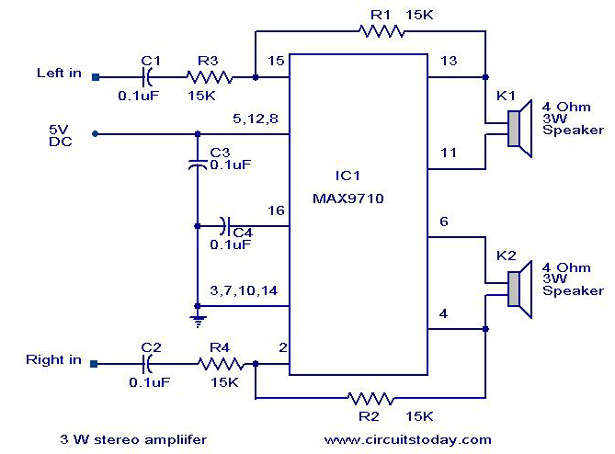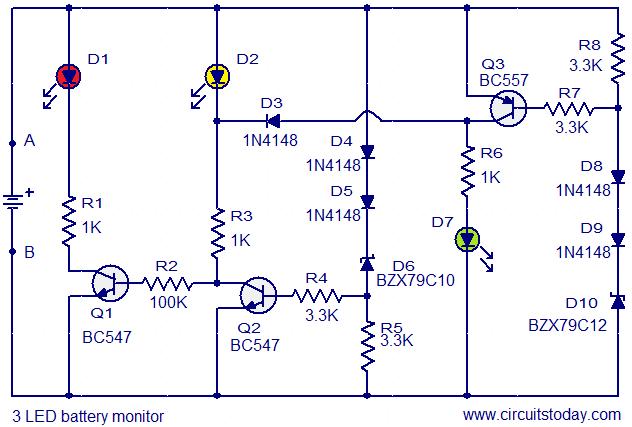
AC power control photocell memory switch circuit

The flash beam can be utilized to power remote control devices for AC power applications. A key feature of this device is its memory function, which allows it to supply power continuously. Upon the second activation, the power will be cut off continuously. The device consists of a high-sensitivity photocell, a high-gain integrated circuit Schmitt trigger, and other components.
The described circuit operates based on the principle of light detection and control. The high-sensitivity photocell serves as the primary sensor, detecting the intensity of incoming light from the flash beam. When the light intensity exceeds a certain threshold, the photocell generates a voltage signal that activates the high-gain Schmitt trigger.
The Schmitt trigger is designed to provide a clean and stable output signal, transforming the varying input from the photocell into a digital signal suitable for controlling the power supply to the AC devices. The memory function is implemented using a flip-flop configuration within the circuit, which maintains the state of the output even after the initial triggering event. This allows the circuit to continuously supply power until a second flash is detected.
Upon receiving the second flash signal, the circuit is designed to reset the flip-flop, cutting off the power supply to the connected AC devices. This feature ensures that the devices can be controlled remotely with a simple flash of light, providing an efficient and user-friendly interface for managing power to various applications.
The entire system can be powered by a low-voltage DC source, making it suitable for integration into various electronic devices. Additional components may include resistors for current limiting, capacitors for smoothing the power supply, and diodes for protecting against reverse polarity. The overall design emphasizes reliability and responsiveness, making it an effective solution for remote control of AC power devices.We can use the flash beam to supply the remote control for the AC power devices. The important point of this device is the memory function. It can continuously supply the power to the device. When it acts the second time, the power will be cut off continuously. It is composed of a high sensitivity photocell, a high-gain integrated circuit Schmitt trigger and.. 🔗 External reference
The described circuit operates based on the principle of light detection and control. The high-sensitivity photocell serves as the primary sensor, detecting the intensity of incoming light from the flash beam. When the light intensity exceeds a certain threshold, the photocell generates a voltage signal that activates the high-gain Schmitt trigger.
The Schmitt trigger is designed to provide a clean and stable output signal, transforming the varying input from the photocell into a digital signal suitable for controlling the power supply to the AC devices. The memory function is implemented using a flip-flop configuration within the circuit, which maintains the state of the output even after the initial triggering event. This allows the circuit to continuously supply power until a second flash is detected.
Upon receiving the second flash signal, the circuit is designed to reset the flip-flop, cutting off the power supply to the connected AC devices. This feature ensures that the devices can be controlled remotely with a simple flash of light, providing an efficient and user-friendly interface for managing power to various applications.
The entire system can be powered by a low-voltage DC source, making it suitable for integration into various electronic devices. Additional components may include resistors for current limiting, capacitors for smoothing the power supply, and diodes for protecting against reverse polarity. The overall design emphasizes reliability and responsiveness, making it an effective solution for remote control of AC power devices.We can use the flash beam to supply the remote control for the AC power devices. The important point of this device is the memory function. It can continuously supply the power to the device. When it acts the second time, the power will be cut off continuously. It is composed of a high sensitivity photocell, a high-gain integrated circuit Schmitt trigger and.. 🔗 External reference





